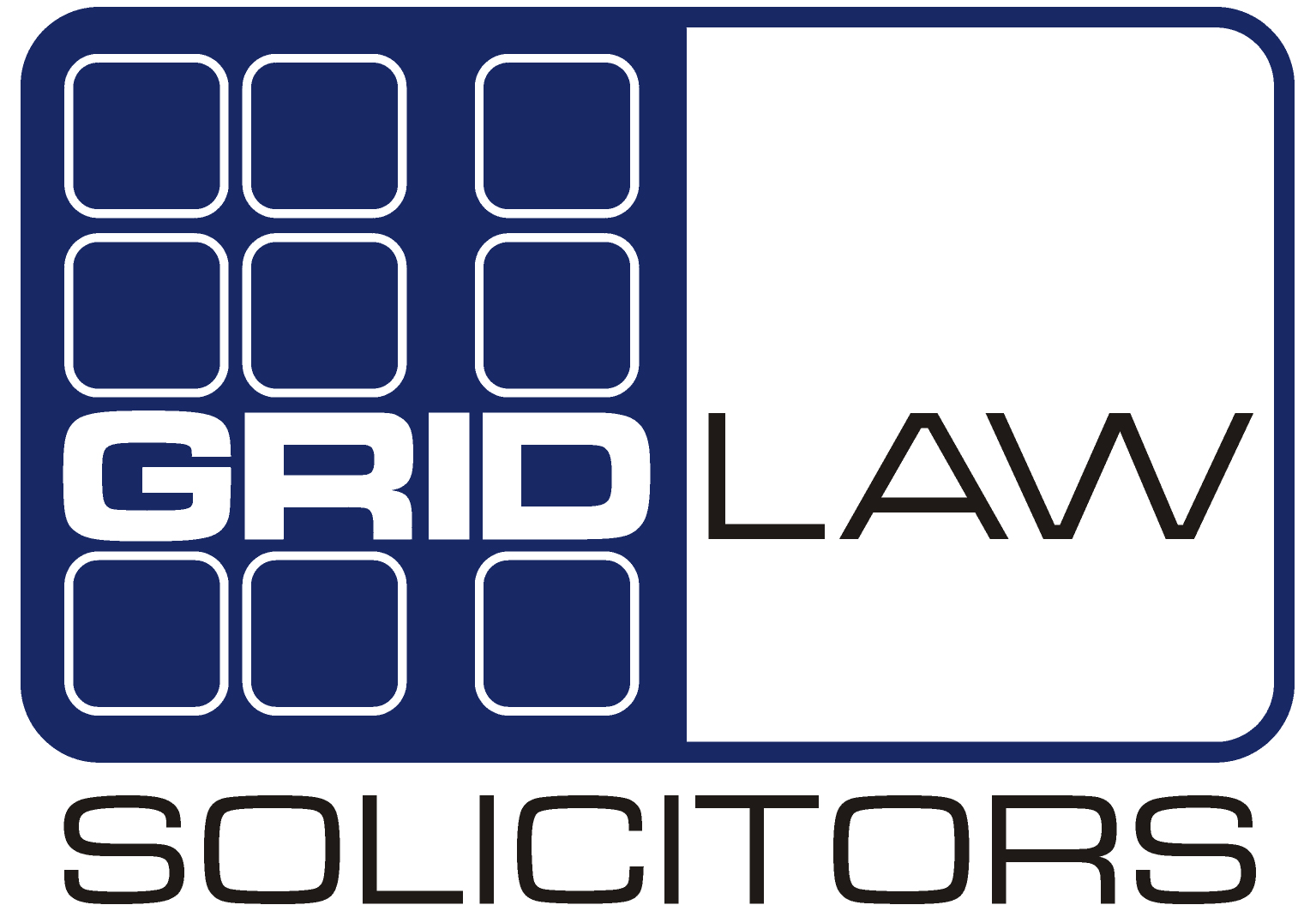
Clients often ask whether they “need” to trade mark their brand. However, there’s usually a different question that they really want to know the answer to.
The question (or questions) they really want answered are:
“Is it worth spending my time, effort and money registering a trade mark? If I do, what are the benefits to my business and if I don’t, what are the risks?”
So, in this article, I’m going to try to answer these questions for you.
But, before we start, I just want to say that this isn’t a general article about trade marks. I’m going to assume you have some basic knowledge about trademarks and what they do. However, if you need some more background knowledge, please have a look at this article on Trade Mark Essentials.
We’ll come back to the time, effort and money involved in making the registrations later. To start with, I want to look at some of the benefits of registering a trade mark and the risks of not doing so.
Protection against infringers
First and foremost, trademarks help you protect your brand against infringers (that is anyone using it, or something confusingly similar to it, without your permission).
Without a registered trade mark, stopping infringers is much more difficult and there are two major hurdles you need to overcome before you can start legal action (a process known as “passing off”).
First, you must prove you have a strong reputation for your use of your brand. This is because you won’t have the exclusive right to your brand that a trade mark gives. You need to prove that people are buying your products or using your services on the strength of your brand and its reputation.
As you can imagine, this can be almost impossible for a start-up business or any business with a new brand.
Next, you have to establish that your customers were confused as to who they were buying from. You will need evidence to prove that someone bought the infringing product or used the service, mistakenly thinking it was yours.
Then, of course, you need to show that the infringements have caused you sufficient losses to make the risk of taking legal action worthwhile.
Obtaining all of this evidence can be extremely difficult. Your customers may be very reluctant to get involved in a court battle and appear as witnesses in a dispute that they have no interest in and does not benefit them. And, you may not know the true extent of lost sales that the infringer has caused so assessing the economic risk becomes much harder.
When you have a registered trademark, you don’t have these problems. It’s much easier to stop an infringer because you only have to prove that your brand is being used without your permission. You don’t have to prove the strength of your reputation or that there was any confusion on the part of your customers.
So, you need far less evidence which significantly increases your chances of reaching a favourable settlement with the infringer or winning a legal battle against them.
A trade mark infringement claim also costs a fraction of the amount that a passing off claim would cost to pursue (the process for pursuing a claim for infringement of an unregistered trade mark).
This means it’s far more likely to be worth your while taking legal action and an infringer will know this too. So, having a registered trade mark can act as a good deterrent against infringements happening in the first place.
So, what are the risks of an infringement happening?
“Copycat” branding
In the past, “copycat” branding being applied to products was the most common form of trade mark infringement. You would find low quality counterfeit products entering the market (usually from overseas) and being sold cheaply on market stalls or online.
For most small businesses, the risk of this happening was relatively low. It took a great deal of time, effort and money for someone to copy your branding and apply it to their own products so the infringers needed to know they could sell the “fakes” in large enough quantities to make a profit.
Whilst this still happens today, it is far less common than it used to be. This is thanks, in part, to the actions of Trading Standards and other organisations clamping down on the infringers.
Fake social media profiles
These days, infringement of your brand can be quick, easy and costs almost nothing. All it takes is a few clicks and an infringer (who may be your competitor) can set up a fake social media profile to impersonate you online.
Your customers may find it almost impossible to distinguish between your official account and the fake account, making this type of infringement far more damaging than the copycat branding described above.
What makes these actions worse is that the platforms are often reluctant to remove the “fake” accounts because they don’t want to get involved in branding disputes. Their excuse is always “How do we know who is right or wrong?”
Having a registered trade mark can eliminate this excuse because it makes it much easier to prove that you are the rightful owner of the brand. If you can show the platform that your trade mark has been infringed it is much more likely to be seen as a breach of their policies or guidelines and then they will remove the offending account.
Other online infringements
As well as setting up fake social media profiles, your competitors can take an unfair advantage of your brand in other ways too.
For example, they can include your brand name in the meta data on their website or as a key word in their pay-per-click advertising. Others may use your branding whilst trying to sell their products online, via websites such as Amazon or eBay.
The infringer’s objective is to direct traffic away from your website to theirs every time someone searches for your brand. As a result, your customers will be buying from them instead of you.
Again, this can be very damaging because you may not realise this is happening unless you are carefully looking out for infringements.
The real cost of infringement
So, how damaging are these infringements to your business?
Is it worth taking legal action against these infringers (if you can even find them)?
Unfortunately, that’s not something I can answer in an article like this as you have to look at each infringement on a case by case basis.
But remember, infringements can damage your business in several ways. They can damage your hard-earned reputation, they can damage you financially in lost sales, or both. Dealing with infringements can also be really stressful and time consuming.
Your reputation can be damaged any time that your customers do not get what they want or if they are confused about who they are dealing with. A damaged reputation can be hard to quantify, but it can have a direct impact on future sales, especially if it causes people to leave negative reviews about your products or services.
Your finances can be damaged if people are buying from your competitors instead of you, or they are put off from buying from you because of the actions of the infringers.
So, what do you do?
Clearly, you will want the infringements to stop. But how do you do this without it costing you a fortune or using up your time and energy?
This is where having a registered trademark really helps.
As explained above, if the infringement is happening online via a social media platform, or a shopping platform such as Amazon or eBay you can complain to them. With a registered trade mark, you stand a much better chance of having them remove the offending account.
If you know who the infringer is, you can also take direct action against them. You don’t have to go via the platform (if the infringement is, for example, a fake social media account).
When you threaten someone with trademark infringement they are much more likely to stop.
If you don’t have trade mark, they are much more likely to put up a fight. They will claim they are not infringing your rights because there is no confusion, you don’t have a strong reputation and you don’t have exclusive rights to the brand anyway. They may not be right, but it’s down to you to prove this.
Additional benefits of registering a trade mark
There are two other key benefits of registering a trade mark that are worth mentioning, but they may not be relevant to all businesses.
If you are looking to grow your business and have a replicable business model, you could think about franchising. When you franchise your business, you give someone else the right to run their own business using your business name and business model. In exchange, they pay you a franchise fee which can include a percentage of their profits.
Trademarking is an essential part of this. It protects your brand but also enables you to licence it to the franchisee to give them permission to use it.
If you are intending to sell your business, having a portfolio of registered trademarks can increase its value.
From the buyer’s perspective, trade marks reduce their risk. Knowing that a brand is protected makes it easier for them to do their due diligence. It gives them more confidence that using the brand won’t infringe on anyone else’s rights and they have protection against anyone infringing on theirs. So, they won’t have to worry about the rights they are buying being diluted and becoming worth less than they paid for them.
Final thoughts
It should now be clear that there are real benefits to registering a trademark and they can significantly reduce the risks in your business.
In my opinion, it is definitely worth investing your time, effort and money into registering your brand as a trade mark.
The process is relatively straight forward, as I explain in this article “How to register a trademark in the UK”. It doesn’t take much time and effort and if costs are an issue, you could think about doing this yourself. If you need some support with the process, you may find my Brand Protection Toolkit helpful. Please click here for more details.
If you have several elements of your brand that can be protected, this article on creating a brand protection strategy is worth reading. This will help you prioritise your applications and ensure you have sufficient protection for your products and services.
Alternatively, if you would like my help with making your application, I will be happy to do so. Please email me at dwalker@gridlaw.com with details of what you would like to register and I will explain the best way of going about this.
Also, please feel free to email me if you have any questions about trade marks or the application process.

